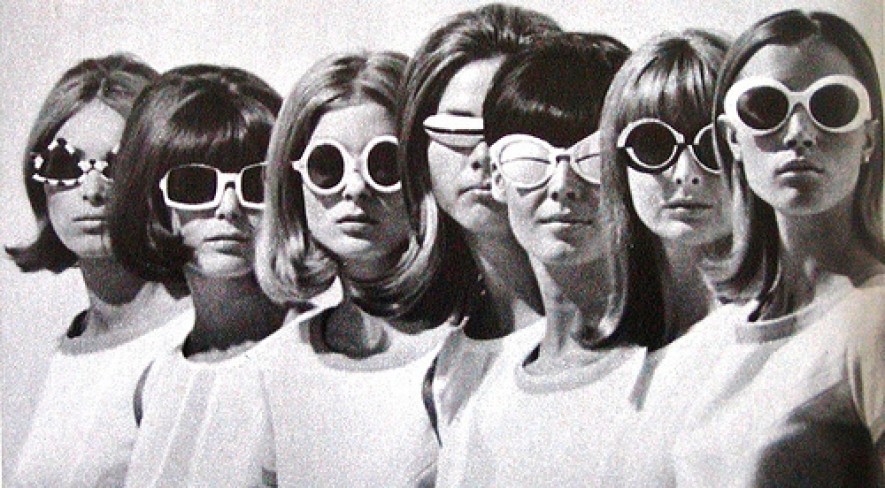

The 1960s was a decade when hundreds of thousands of ordinary Americans gave new life to the nation's democratic ideals. African Americans used sit-ins, freedom rides, and protest marches to fight segregation, poverty, and unemployment. Feminists demanded equal job opportunities and an end to sexual discrimination. Mexican Americans protested discrimination in voting, education, and employment. Native Americans demanded that the government recognize their land claims and the right of tribes to govern themselves. Environmentalists demanded legislation to control the amount of pollution released into the environment
During his presidential campaign in 1960, John F. Kennedy had promised the most ambitious domestic agenda since the New Deal: the “New Frontier,” a package of laws and reforms that sought to eliminate injustice and inequality in the United States. But the New Frontier ran into problems right away: The Democrats’ Congressional majority depended on a group of Southerners who loathed the plan’s interventionist liberalism and did all they could to block it.
It was not until 1964, after Kennedy was shot, that President Lyndon B. Johnson could muster the political capital to enact his own expansive program of reforms. That year, Johnson declared that he would make the United States into a “Great Society” in which poverty and racial injustice had no place. He developed a set of programs that would give poor people “a hand up, not a handout.” These included Medicare and Medicaid, which helped elderly and low-income people pay for health care; Head Start, which prepared young children for school; and a Job Corps that trained unskilled workers for jobs in the deindustrializing economy. Meanwhile, Johnson’s Office of Economic Opportunity encouraged disadvantaged people to participate in the design and implementation of the government’s programs on their behalf, while his Model Cities program offered federal subsidies for urban redevelopment and community projects.
The stark contrast between the socio-political problems gripping the headlines and the cheery complacency characterizing popular culture nurtured dissent and estrangement among the teenaged youth of the 1960s. Unbridled freedom heralded in familiar Westerns and democratic ideals triumphed in lofty courtroom dramas lost its credence among the baby boomers as current events and their burgeoning ideologies scrutinized and recalibrated their core definitions of liberty and equality. A corrupt system complicated the country they fought to love. Americans failed to do what they did best, rebel. For too long, practices went unchecked and beliefs went unquestioned. They sought to save America from itself. And doing so meant going back to the basics - life, liberty, and the pursuit of happiness.
Only those who shared the anomie of the young could accurately project their frustrations and dreams onto the illustrious silver screen. Enter Bonnie and Clyde. Bonnie and ClydeClyde Barrow and Bonnie Parker did not have to adorn love beads or madras shirts to appeal to the countercultural youth. They bore their markers of rebellion and zest for life in a different way - they robbed banks. In the name of fame, not fortune, Bonnie and Clyde sought adventure in the midst of desperation. More than anything, they simply wanted to be free, free from the gloom of the Great Depression, free from the restraint of decorum, free from the burden of expectations. In this way, the disgruntled youth of the 1960s saw themselves. Both were young. Both were in love. Both were misunderstood. Rigid worldviews held by the adult world, resulting from their enslavement to tradition and order, killed Bonnie and Clyde then and suffocated them now.